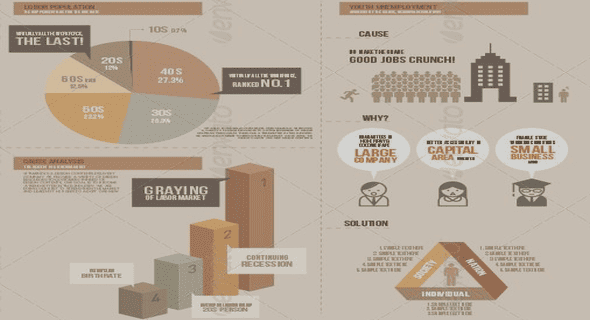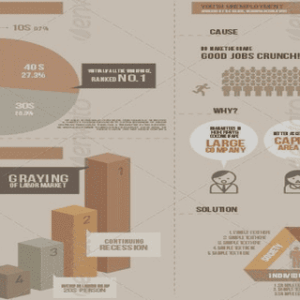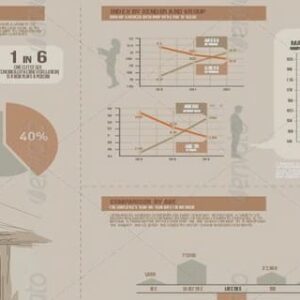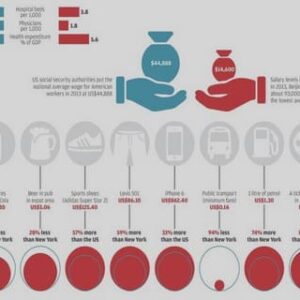(Downloads - 0)
For more info about our services contact : help@bestpfe.com
Table of contents
1 Location patterns of services in France: A distance-based approach
1.1 Introduction
1.2 Methodology
1.2.1 Testing whether industrial location patterns significantly diverge from randomness
1.2.2 A distance-dependent test for localization
1.2.3 An index of divergence
1.2.4 Employment-weighted test and index
1.2.5 Comparisons with the previous literature
1.3 Data
1.4 Cross-industry results
1.4.1 Result #1: Uneven patterns of location are more pervasive for business services than for manufacturing industries
1.4.2 Result #2: Services are localized at shorter distances than manufacturing industries
1.4.3 Comparisons with alternative measures of localization
1.4.4 Robustness checks
1.5 Within-industry results
1.5.1 Result #3: Large plants in service industries are the main drivers of localization
1.5.2 Result #4: For most service industries, new plants reduce localization whereas exiters reinforce it
1.6 Conclusion
1.7 Appendix to chapter 1: On the consistency of the test for divergence
1.8 Complementary tables
2 Agglomeration economies and firm productivity: Estimation from French individual data
2.1 Introduction
2.2 Related Literature
2.3 Estimation strategy and econometric issues
2.3.1 First step: estimating individual firm productivity
2.3.2 Computing average productivity per cluster
2.3.3 Second step: explaining disparities in average firm productivity across clusters
2.4 Proxies for urbanization and localization economies
2.4.1 Urbanization economies
2.4.2 Localization economies
2.5 Main results
2.5.1 The magnitude of urbanization economies
2.5.2 The magnitude of localization economies
2.5.3 Sectoral heterogeneity
2.6 Robustness tests
2.7 Conclusion
2.8 Appendix to chapter 2: Data
2.9 Complementary tables
3 Marshall’s scale economies: A quantile regression approach
3.1 Introduction
3.2 Firm TFP estimation: Model and data
3.2.1 Firm and establishment data
3.2.2 Production function estimation
3.3 Agglomeration economies: the traditional linear-in-mean regression model
3.3.1 The traditional linear-in-mean regression model
3.3.2 Proxies for agglomeration economies
3.3.3 Results for the traditional linear-in-mean regression model
3.4 Agglomeration economies: a quantile regression approach
3.4.1 Limitations of the traditional linear-in-mean regression model
3.4.2 The quantile regression model
3.5 Results for the quantile regression model
3.5.1 Model A
3.5.2 Model B
3.5.3 Model C
3.5.4 Results by industry
3.6 Conclusion
3.7 Appendix to chapter 3: Complementary tables
4 Product complexity, quality of institutions and the pro-trade effect of immigrants
4.1 Introduction
4.2 Model specification, econometrics and data
4.3 The pro-trade effect of immigrants
4.3.1 Benchmark results
4.3.2 An instrumental variable approach
4.4 Product complexity, quality of institutions and immigration
4.5 Conclusion
4.6 Appendix A to chapter 4: Data on trade and immigration
4.7 Appendix B to chapter 4: Matching the NST/R and Rauch’s classifications .
4.8 Complementary tables
5 Dots to boxes: Do the size and shape of spatial units jeopardize economic geography estimations?
5.1 Introduction
5.2 The Modifiable Areal Unit Problem : A Quick Tour
5.2.1 A simple illustration of the MAUP
5.2.2 Mean and variance distortions: a first illustration with simulated data116
5.2.3 Correlations distortions
5.3 Zoning systems and data
5.3.1 Administrative zoning systems
5.3.2 Grid zoning systems
5.3.3 Partly random zoning systems
5.3.4 Characteristics of zoning systems
5.4 Spatial concentration
5.4.1 Gini indices
5.4.2 Ellison and Glaeser indices
5.4.3 Comparison between the Gini and the EG
5.5 Agglomeration economies
5.5.1 A wage-density simple correlation
5.5.2 Controlling for skills and experience
5.5.3 Market potential as a new control
5.5.4 An alternative definition of market potential
5.6 Gravity equations
5.6.1 Basic gravity
5.6.2 Augmented Gravity
5.7 Conclusion
5.8 Appendix to chapter 5: Data
Bibliography




